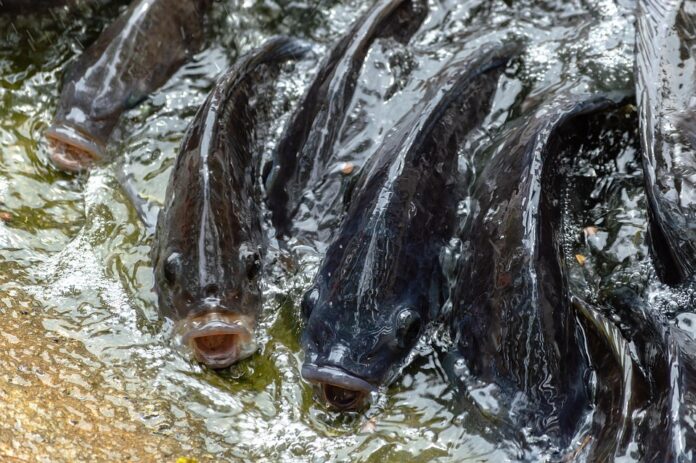Introduction
The debate between wild-caught and farmed tilapia has been ongoing in the seafood industry. Both methods have their own advantages and disadvantages when it comes to sustainability and profitability. In this report, we will delve into the details of each model to determine which is more sustainable and profitable in the long run.
Wild-Caught Tilapia
Overview
Wild-caught tilapia refers to fish that are caught in their natural habitats such as rivers, lakes, and oceans. This method involves fishermen using nets or traps to catch the fish, which are then sold to consumers or restaurants.
Benefits
One of the main benefits of wild-caught tilapia is that it is seen as more natural and environmentally friendly compared to farmed tilapia. The fish are able to grow in their natural habitat, feeding on a diet of algae, aquatic plants, and small invertebrates. This can result in a higher quality of fish with a more distinct flavor.
Challenges
However, there are also challenges associated with wild-caught tilapia. Overfishing can deplete wild populations of tilapia, leading to concerns about sustainability. Additionally, the fluctuating availability of wild-caught tilapia can result in inconsistent supply, making it difficult for businesses to rely on this method for their products.
Farmed Tilapia
Overview
Farmed tilapia, on the other hand, involves raising the fish in controlled environments such as ponds or tanks. This method allows for a more predictable supply of tilapia throughout the year, as farmers can control factors such as feeding, water quality, and temperature.
Benefits
Farmed tilapia is often praised for its efficiency and scalability. Farmers can produce a large volume of fish in a relatively small space, making it a cost-effective option for businesses looking to meet consumer demand. Additionally, farmed tilapia can be raised in sustainable ways, such as using recirculating aquaculture systems that minimize waste and water usage.
Challenges
Despite its benefits, farmed tilapia also faces challenges. There are concerns about the environmental impact of intensive aquaculture practices, such as water pollution from excess nutrients and chemicals. There are also issues with disease management in crowded fish farms, which can lead to the extensive use of antibiotics and other treatments.
Sustainability Comparison
Environmental Impact
In terms of sustainability, both wild-caught and farmed tilapia have their pros and cons. Wild-caught tilapia can put strain on natural fish populations if not managed properly, while farmed tilapia can contribute to pollution and habitat degradation if not done responsibly. However, advancements in sustainable aquaculture practices have made it possible to raise tilapia in ways that minimize environmental impact.
Resource Usage
When it comes to resource usage, farmed tilapia generally requires less land, water, and feed compared to wild-caught tilapia. This can make it a more efficient and sustainable option for meeting the growing demand for seafood worldwide. By optimizing feed formulations and water management practices, farmers can reduce their environmental footprint while still producing high-quality tilapia.
Profitability Comparison
Cost Considerations
In terms of profitability, farmed tilapia is often more cost-effective than wild-caught tilapia. The ability to control production variables and scale operations can result in higher yields and lower production costs for farmers. Additionally, farmed tilapia can be produced year-round, allowing businesses to maintain a consistent supply for their customers.
Market Demand
Market demand also plays a significant role in the profitability of wild-caught vs farmed tilapia. With the global population increasing and the demand for seafood on the rise, farmed tilapia is well-positioned to meet this demand due to its scalability and efficiency. Consumers are also becoming more conscious of sustainability issues, leading to a growing preference for responsibly farmed seafood products.
Conclusion
In conclusion, both wild-caught and farmed tilapia have their own strengths and weaknesses when it comes to sustainability and profitability. While wild-caught tilapia may have a more natural appeal, farmed tilapia offers a more reliable and scalable option for businesses looking to meet market demand. By implementing sustainable practices and responsible management, both methods can contribute to a thriving seafood industry that benefits both consumers and the environment.




